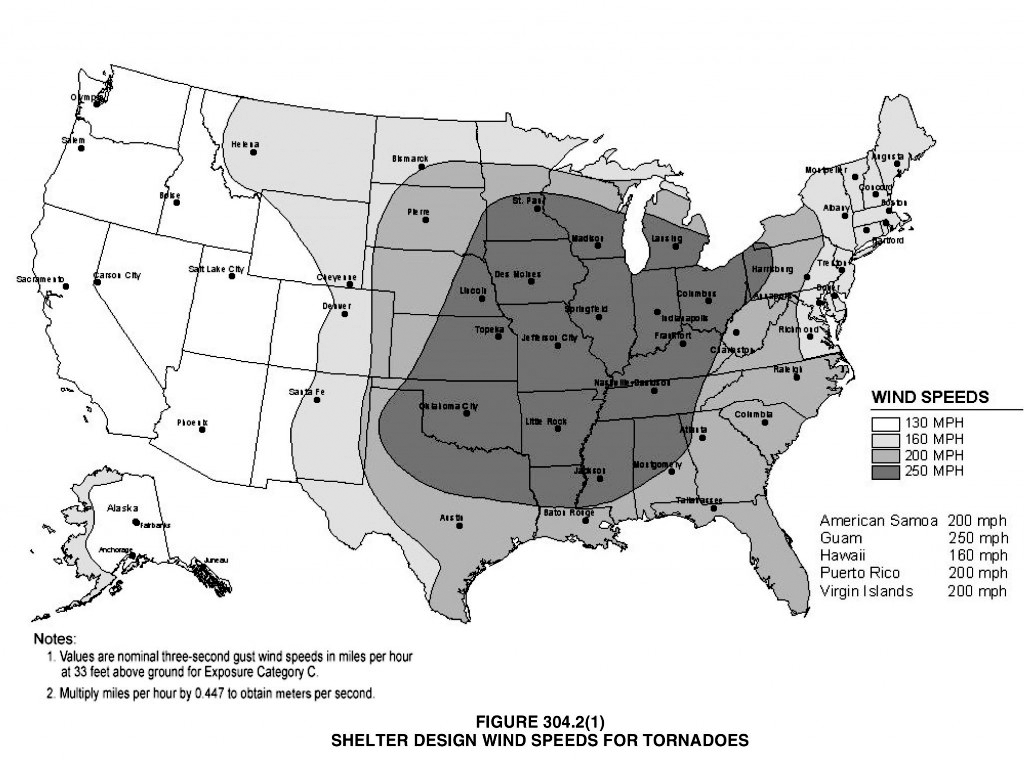Tornado Room | Demystifying Storm Shelters
Tornado Room designs have many specific requirements. Our e-book can help explain.
What are the Essential Tornado Room Requirements?
Download our free tornado storm shelter ebook now!
Tornado Rooms must meet exact requirements, our e-book can help guide you.
Fundamentally, a tornado room is constructed to keep occupants safe during a severe weather event. While there are entire books written about the specific safe room requirements, a few key requirements, according to ICC-500, that you should be aware of are as follows:
- Protects from Wind and Flying Debris
- Hardened Infrastructure Required
- Occupancy Load and Duration
- Occupant Safety
There are several enclosure options when constructing a tornado room.
Safe Rooms Doors - Let There be Light
Using rolling safe room doors can give your tornado room many previously unavailable options. Unlike some other closure options, rolling storm shelter doors can span multiple windows allowing for larger windows to be used in multi-use spaces to let more light in when the skies are sunny. While this may seem like a “nice to have” option in your school, daylighting can actually impact your students. A study published by the California Energy Commission and cited in a 2016 blog post from the official blog of the Department of Education found that, “...classrooms with the most daylighting had a 20 percent better learning rate in math, and a 26 percent improved rating in reading, compared to classrooms with little or no daylighting.”
Swing Doors – The Dark Days
Swing doors can also be used to cover windows in a space—protecting them in an emergency. While it is great that swing doors can be used for windows as well as doors, the same wall space issue mentioned above rears its head again for windows. In addition, swing doors cannot span more than one window at a time—one door needs to be installed for every one window it covers—typical man door size—and spaced far enough apart to accommodate the swing door in the open position. This can leave a cafeteria rather dark and cave-like, even on the sunniest of days.
Why not use tornado glass?
While there is glass that is absolutely rated to withstand severe weather and tornadoes, you also have to remember that glass is clear. That means that children will be able to sit in their safe room and watch as the tornado ravages their playground, throws projectiles directly at them, and potentially even worse. For schools, you may want to consider an option that obscures the destruction going on outside of the safe tornado room to ensure the kids stay calm.
Read about more options as well as pros and cons of rolling doors or swing doors as safe rooms doors in our e-books guide – Demystifying Storm Shelters. Get your free download today.
How much wind does your area need to withstand?

Wind zones are areas of the United States that get (on average) different maximum speed winds. The higher the winds, the higher the chance of a tornado or hurricane and the more damage it can do. This does not mean, however, that the surrounding areas are not of concern. Even in the 160 mph zone, tornadoes can develop and cause devastating damage to the area. 160 mph can still tear off roofs and turn over cars. These areas are generally less prepared for a storm of this magnitude, since they are less likely. When you are under prepared it can in turn have a greater impact on the people and the possessions in that area.
![]()
TORNADO ALLEY
It is required for an area with an increased risk of tornadoes or any state or locality that has adopted IBC 2015 or newer to have a storm shelter meeting the FEMA-361 requirements for all K-12 schools with 50 or more occupants, 911 call stations, police stations, fire, rescue and ambulance stations and more.
![]()
HURRICANE VS. TORNADOES
Pressure equalizes more during a hurricane while tornadoes come on more instantly. Storm shelters for hurricanes require you to build for duration more than intensity. Generally, tornadoes are quicker with high winds, spewing projectiles at high speeds.
![]()
STORM SHELTERS
An inside area within a building, or a separate building altogether, which is created to protect occupants from tornadoes or hurricanes. Some of the most common areas to be converted are gymnasiums, classrooms and cafeterias.





